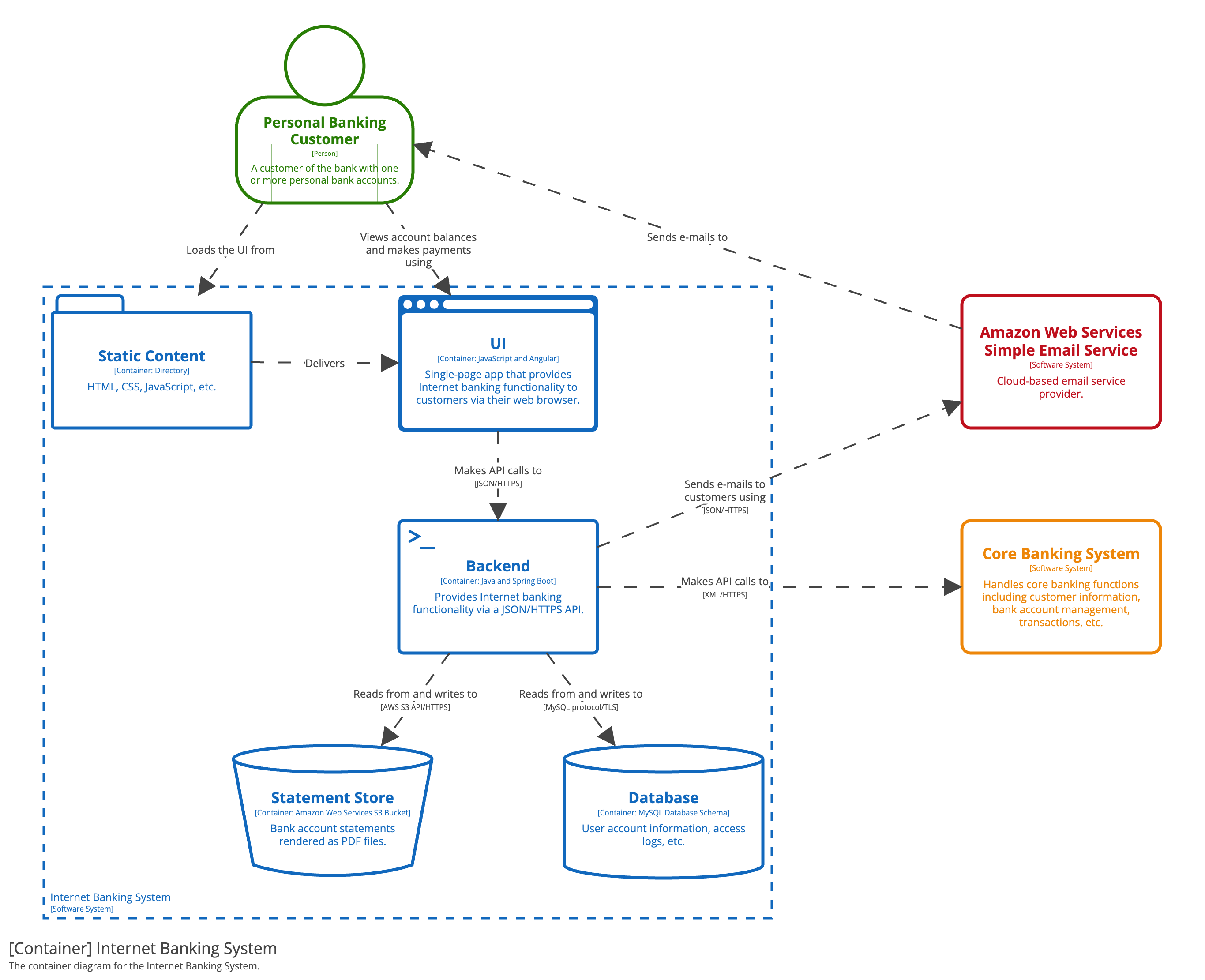Standardized Event-Driven Architecture for Business Agility
Recommendation to use Domain-Agnostic Connection Factories for Service Integration Bus is crucial for achieving a unified, scalable, and resilient enterprise-wide integration platform. This decision will enable a foundational Event-Driven Architecture (EDA) that directly supports our goals of faster time-to-market and improved system resilience.
Supporting Rationale
Enhancing Business Agility & Resilience
This approach unifies our messaging framework, enabling seamless interoperability across diverse business domains. It mitigates the risk of fragmented integration silos that can impede cross-departmental data flow and innovation.
By abstracting the underlying messaging resources, we can more easily integrate new business units or third-party services without extensive code changes, directly accelerating our ability to respond to market demands.
Operational & Technical Rationale: Standardizing for Efficiency and Scale
Reduced Complexity
Using a single connection factory streamlines development, as engineers no longer need to manage separate code paths for different messaging types (e.g., Topics vs. Queues). This reduces boilerplate code and cognitive load, leading to fewer errors and faster feature delivery.
Improved Scalability & Maintainability
The architecture provides a consistent, standardized pattern that is easier to document, test, and automate. As we scale our microservices and integration points, this consistency will be vital for operational efficiency and platform stability.
Proof Points & Details
Executive Proof Point
The Proof of Concept (POC) demonstrated a 25% reduction in integration development time for a new service, validating the efficiency gains. Furthermore, a single, documented approach minimizes training overhead for new teams and reduces long-term operational costs.
Practitioner Details
The design uses the JMS 2.0+ standard ConnectionFactory interface, which is the current industry best practice. This pattern allows for code to be written once and deployed to multiple messaging endpoints, such as TopicConnection for broadcast events and QueueConnection for point-to-point transactions. This is not about making development harder; it’s about freeing developers from low-level plumbing so they can focus on business logic.
Analogy
Think of a universal remote control. Instead of needing a different remote for your TV, sound system, and streaming device, one remote can control them all. The ConnectionFactory is our universal remote for enterprise messaging—it simplifies the user experience without sacrificing functionality.
Conclusion & Next Steps
This architectural decision ensures our integration platform is built for the future, not just the current project. It will lead to:
Business Outcome
Improved system resilience and faster time-to-market for new services.
Technical Outcome
A standardized, scalable framework that reduces technical debt and improves maintainability.
The path forward is clear. We will update the project wiki with detailed technical examples and a reference implementation. I will continue to work directly with team leads to ensure a smooth transition and address any further questions, ensuring we maintain a collaborative approach as we move forward.








